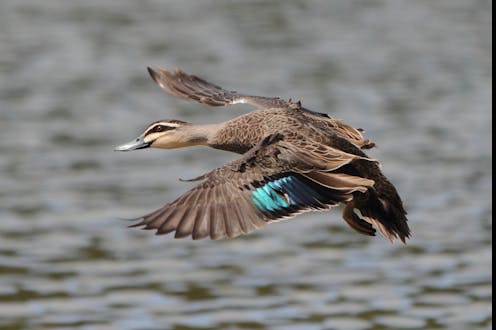reawakening the Black Duck Songline, across 300km in Australia's southeast
- Written by Robert S. Fuller, Adjunct fellow, Western Sydney University

Aboriginal and Torres Strait Islander readers are advised this article contains names of people who have died.
Songlines criss-cross across Australia. They are one of the foundational spiritual features of the world’s oldest continuing culture.
Australian Aboriginal peoples had oral cultures: while there are no Bibles or Qurans to document their spirituality, the Dreaming stories of Ancestral creators who formed the land and the features were shared through song. By walking and singing the songlines, those creators are celebrated by the passing generations.
Most of our knowledge of songlines comes from Aboriginal peoples in central and northern Australia, a well-known example being the Seven Sisters Songline[1], which crosses much of Australia from the west coast to the east.
But, due to invasion and attempted cultural destruction since 1788, knowledge of songlines in southeast Australia has been limited. Now, new research[2] has begun reawakening a dormant Black Duck Songline covering 300 km along the New South Wales South Coast.
Read more: Songlines: Tracking the Seven Sisters is a must-visit exhibition for all Australians[3]
Umbarra and Wumbarra
The Black Duck Songline, as current Aboriginal knowledge holders confirm, travels up the South Coast from over the Victorian border to the Hawkesbury River, north of Sydney, passing through many important cultural locations of the Yuin and Dharawal peoples of the region.

















